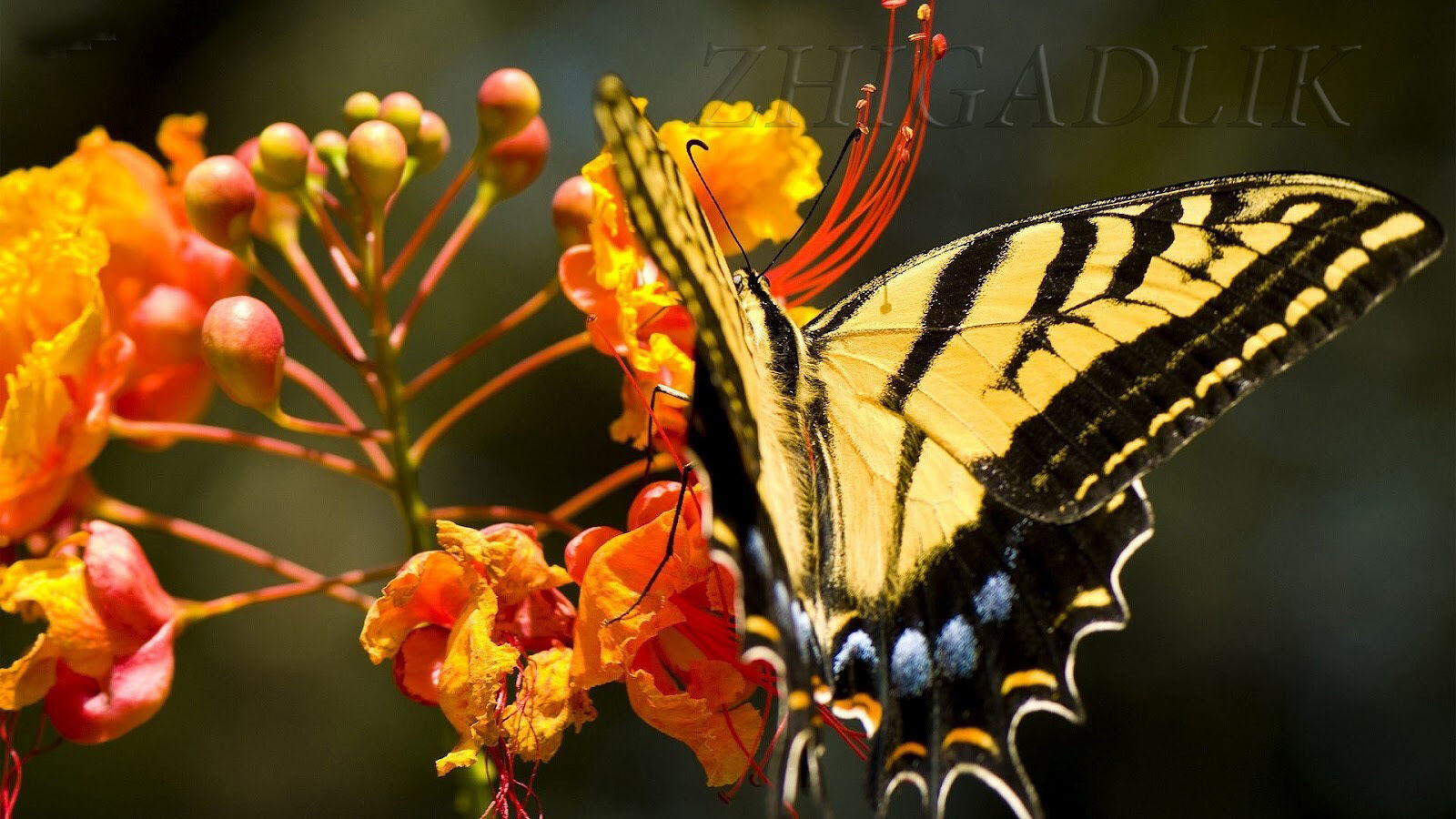-40%
Caesalpinia pulcherrima Pride Of Barbados Mexican Bird Peacock seeds Orange Colr
$ 0.52
- Description
- Size Guide
Description
Dwarf Poinciana, Caesalpinia PulcherrimaAlso know as The Red Bird of Paradise /
Pride of Barbados / Poinciana / Peacock Flower / Mexican Bird Of Paradise.
The Hawaiian name for this plant is
ʻOhai Aliʻi
ORANGE FLOWERS
Blossoms 8 months a year (in a right zone)
Caesalpinia pulcherrima
is a species of flowering plant in the pea family, Fabaceae, native to the tropics and subtropics of the Americas. It could be native to the West Indies,[2] but its exact origin is unknown due to widespread cultivation.[1 Common names for this species include poinciana, peacock flower, red bird of paradise, Mexican bird of paradise, dwarf poinciana,
pride
of Barbados,
flos pavonis
, and flamboyant-de-
jardin
. The Hawaiian name for this plant is ʻohai aliʻi.
Symbolism
Caesalpina pulcherrima is the national flower of the Caribbean island of Barbados, and is depicted on the Queen's personal Barbadian flag.
Food
All seeds of
Caesalpinia
are poisonous. However, the seeds of some species are edible before they reach maturity (e.g. immature seeds of
C. pulcherrima
) or after treatment (e.g.
C. bonduc
after roasting)
Medicinal
Maroon medicine men in Suriname have long known some of the medicinal uses for C. pulcherrima, which is known as ayoowiri. Four grams from the root are also said to induce abortion in the first trimester of pregnancy.[medical citation needed]
Maria Sibylla Merian, a 17th-century artist, encountered this plant in the Dutch colony of Surinam. In her seminal work, Metamorphosis insectorum Surinamensium, Marian recorded that African slaves and native Indian populations use the flos pavonis or peacock flower as an abortifacient.She wrote:
The Indians, who are not treated well by their Dutch masters, use the seeds [of this plant] to abort their children, so that their children will not become slaves like they are. The black slaves from Guinea and Angola have demanded to be well treated, threatening to refuse to have children. They told me this themselves.
Ornamental
C. pulcherrima is the most widely cultivated species in the genus Caesalpinia. It is a striking ornamental plant, widely grown in domestic and public gardens in warm climates with mild winters, and has a beautiful inflorescence in yellow, red, and orange. Its small size and the fact that it tolerates pruning well allows it to be planted in groups to form a hedgerow; it can be also used to attract hummingbirds




















